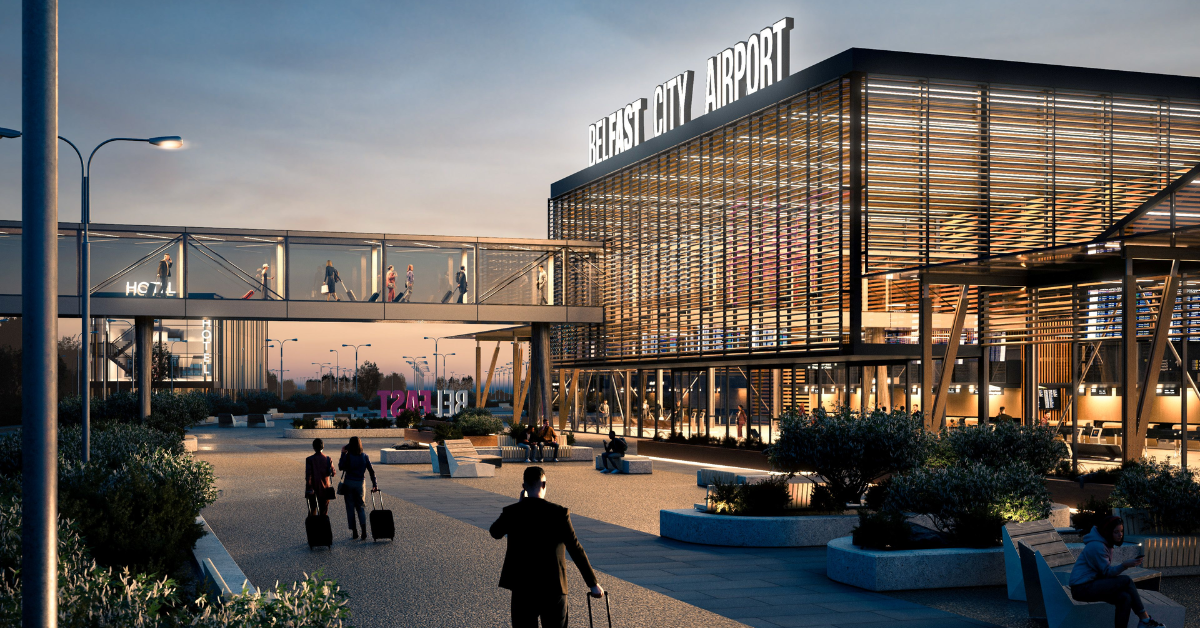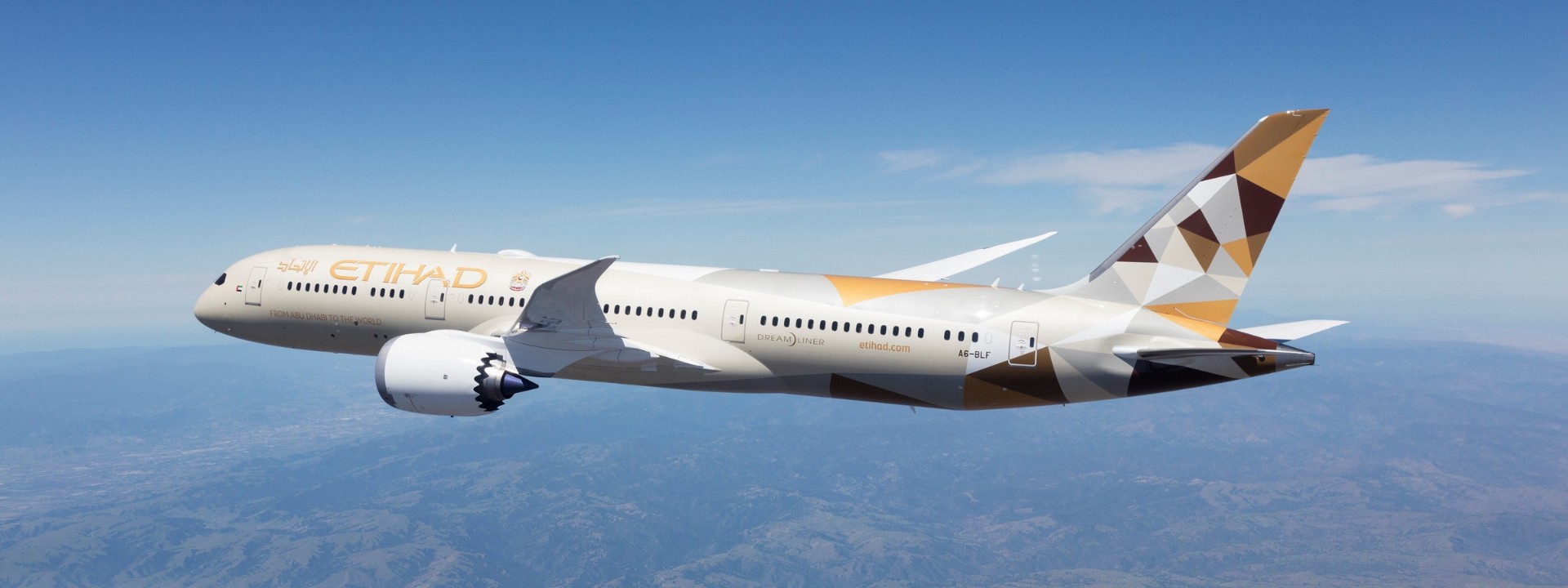Belfast City Masterplan 2040
Belfast City Airport has unveiled its transformational draft Master Plan 2040, that has the potential to unlock up to £200 million in private investment, support thousands of new jobs and deliver a £1.7 billion injection into the Northern Ireland economy annually.
The draft plan also shows an exciting opportunity to deliver a new rail halt to potentially become the first airport on the island of Ireland to be connected by rail.
The airport is seeking views on its vision for growth over the next 15 years, which includes extended terminal and airfield facilities, surface access improvements and complementary development, which could include a hotel and increased EV charging facilities.
Aviation analysts predict demand for air travel across the island of Ireland will double to 90 million passengers per year by 2040. That will require Belfast City Airport to grow to 7 million passengers over the same period, ensuring Belfast retains and expands its connectivity to the UK and Europe.
The draft plan would double the airport’s workforce to over 2,200 and facilitate growth of its apprenticeship academy and award-winning community engagement programme. It would also accelerate key sustainability ambitions, including the airport’s journey to net zero.
Matthew Hall, Chief Executive of Belfast City Airport, said:
“Delivery of our Master Plan is a once-in-a-generation opportunity that will benefit passengers and businesses across the region, whilst delivering key elements of the Northern Ireland Executive’s Programme for Government.
“The economic benefits from delivery of our Master Plan will be significant. By 2040, we could generate £1.7billion in GVA for Northern Ireland and support over 23,000 jobs across the region, including over 1,100 new roles at the airport campus.
“Every airport on the island of Ireland will need to play its part in meeting future demand, and this draft Master Plan exemplifies Belfast City Airport’s commitment to doing so, while reinforcing our position as a vital economic enabler for the region.
“We want more passengers to arrive by public transport and leave their cars at home, hence a focus on greener journeys within the Master Plan.
“We’ve recently entered a pioneering public-private partnership with Translink to conclude a feasibility study for a new rail halt linking the airport with Belfast city centre on the Bangor line. We look forward to further exploring this initiative.”
At the heart of the draft Master Plan is a commitment to protect the local community by accommodating all growth within the airport’s current noise contour limit.
The airport is exploring limited flexibility in the evening, to allow some additional scheduled flights for a period after 21:30, but not beyond the current 23:59 limit for delayed flights. This would enable airlines to operate the necessary routes, give passengers more choice and avoid disruption or cancellations. Importantly, it would encourage airlines to accelerate investment in cleaner, quieter, new generation aircraft.
To deliver the benefits of growth to 7 million passengers a year by 2040, the airport is also seeking views on moving the annual cap on aircraft movements from 48,000 to 61,000.
The airport does not anticipate that a runway extension would be required.
The draft Master Plan is open for public consultation until 11 November 2025. The full document can be viewed at belfastcityairport.com/vision.









